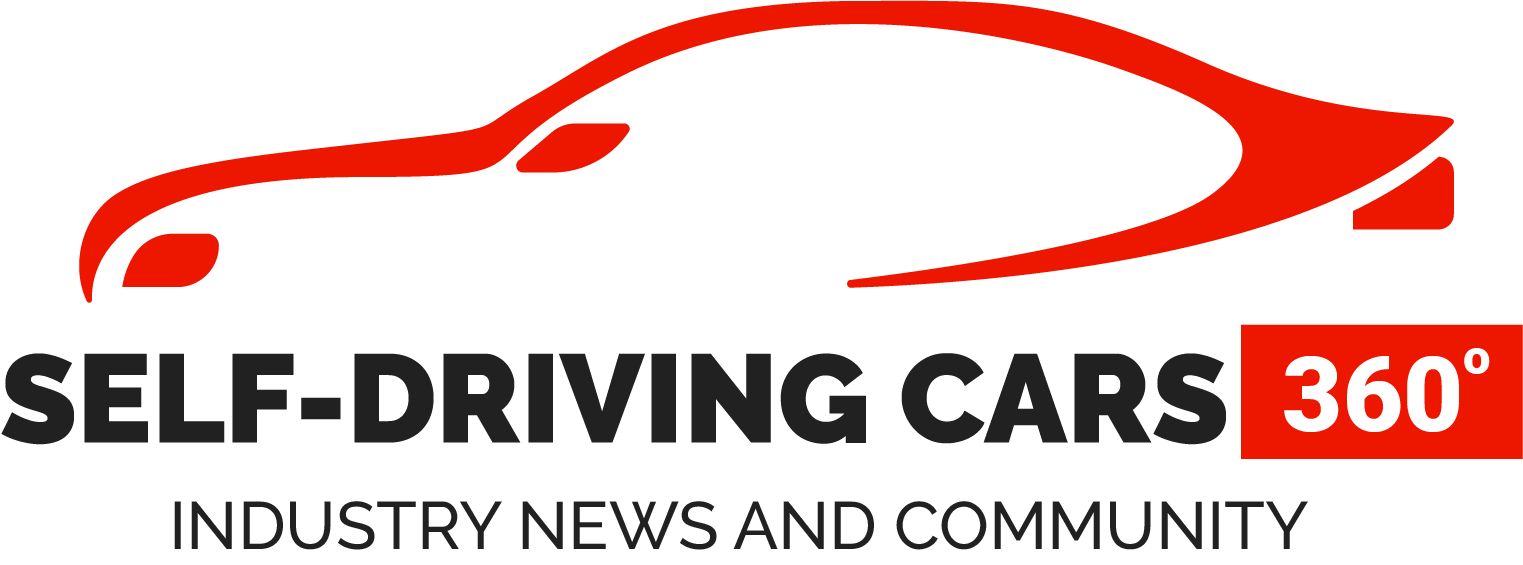WHAT DO YOU look like when you’re excited? How about a little nervous? Bored? Full-on freaked out? If you happen to hop on one of the two very special shuttles that are now running 1-mile loops around the University of Michigan’s North Campus, a bunch of people with fancy degrees may very soon find out.
Those shuttles, you see, will drive themselves. And these researchers are affiliated with the University of Michigan, the marketing firm JD Power, and Navya, the French maker of autonomous vehicle tech. They’re going to spend the next year studying how humans interact with, use, and feel about the autonomous vehicles, with the help of rider and community surveys, Wi-Fi data, and camera footage from inside and outside the vehicle. (The shuttles will come with human operators onboard, to deal with passengers and take control of the vehicle if there’s an emergency.)
“The number one question we’re trying to understand is user trust,” says Carrie Morton, deputy director of MCity, the university’s public-private partnership dedicated to studying and advancing autonomous vehicles. “How does consumer trust change over time with their increased exposure to the technology?”
While no one has launched the sort of go-anywhere, Uber-like service many envision as the best use case for driverless tech, less ambitious autonomous shuttles been running a variety of short, limited, and low-speed routes in the US, Singapore, and Europe since at least 2014. The companies working in this space are verging on commercialization, and that means they can’t wait to figure out how people use, and feel about using, their products. And, of course, to sell them on them.
The players in this space are many, as are their pilot projects. Phoenix-based Local Motors (and its cute li’l Olli van) has tested in Europe and the US. Detroit-based May Mobility has hosted demo projects in Florida and Michigan and says it will announce its first commercial project any day now. EasyMile has tested on public roads in the Netherlands, Taiwan, and California. Drive.ai will start using its tech stack on shuttles in Frisco, Texas, this summer. In the US, Navya has taken its game not only to Michigan’s campus but also to the University of Florida and University of Minnesota. And to Las Vegas, where its very first day of operations was punctuated by a headline-grabbing fender-bender.
They would all like to know: How do you introduce people to autonomous vehicles without totally terrifying them? Without scaring them away forever?
To that effect, researchers affiliated with this Michigan project will study what goes on inside and outside the shuttle: where riders choose to sit, when they decide to ride, and how drivers, cyclists, and pedestrians react to the driverless thing moving around them. They’ll also use surveys to understand how perceptions change as the pilot progresses.
This post was created with our nice and easy submission form. Create your post!



GIPHY App Key not set. Please check settings